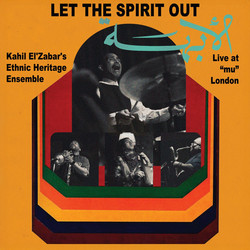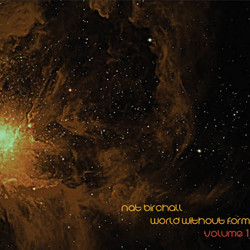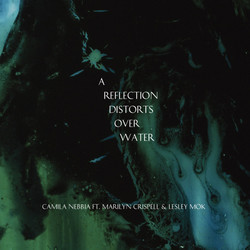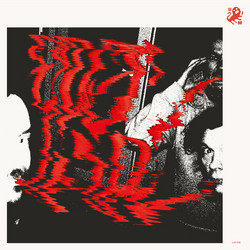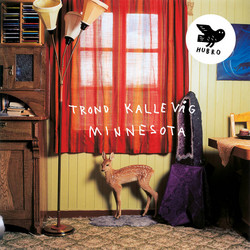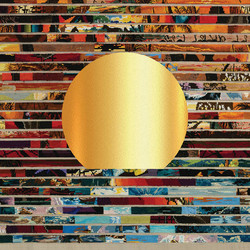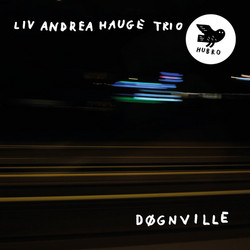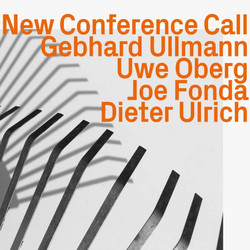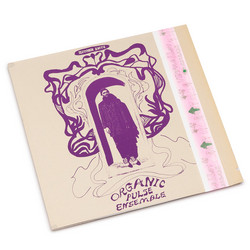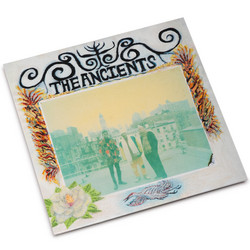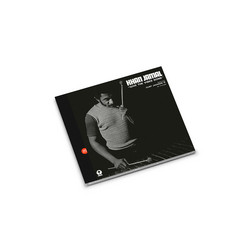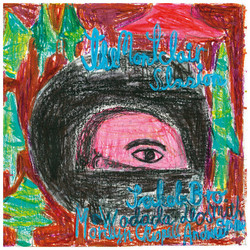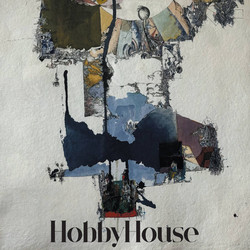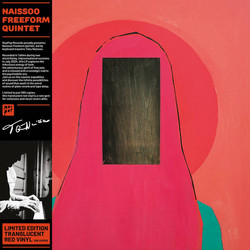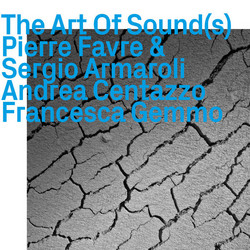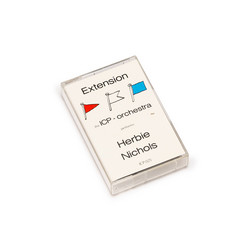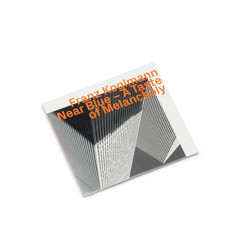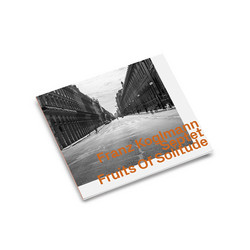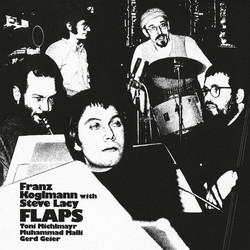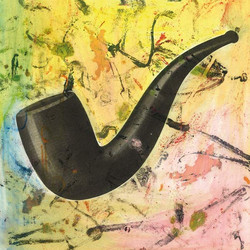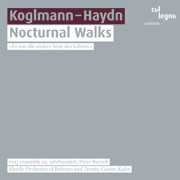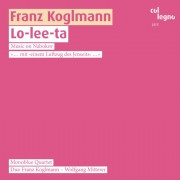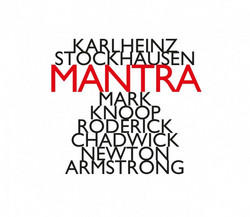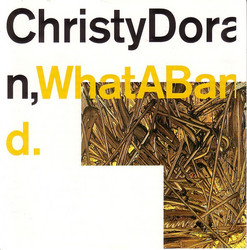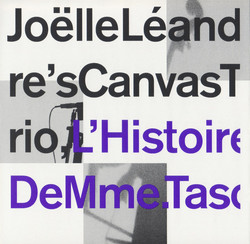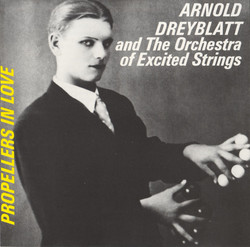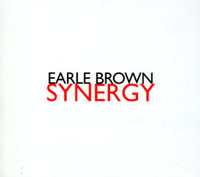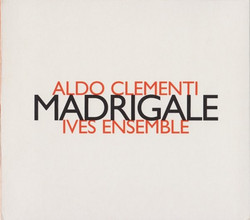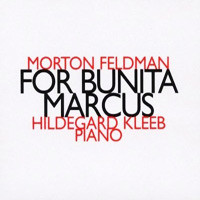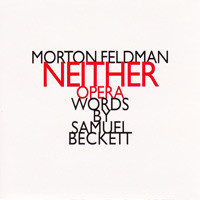2024 Stock. Minor signs of wear from long-time storage. ** "Webster's defines the word canto as "one of the major divisions in a long poem." These four cantos of the Austrian composer and flügelhorn maestro Franz Koglmann are indeed major divisions in a long poem, but that poem happens to be musical. Rather than look at Cantos I-IV as a symphony with four movements, it is better to view them as breaks in the various traditions that Koglmann has been inspired by and participates in: jazz in all its forms, 20th century classical music, blues, improvisational "new music," to name just a few. He scores a work for improvisers to participate fully in as individuals and yet gets all of them to move toward the same goal. Members of Koglmann's "Pipetet" include drummer Gerry Hemingway, bassist Klaus Koch, Tony Coe on tenor and clarinet, Roberto Ottaviano on soprano saxophone, and Burkhard Stangl on guitar. If you count Gustav Bauser, the conductor, there are 17 individuals in this band. Integration is Koglmann's m.o. in all his works, but here, he seems most successful at seamlessly conjoining one inspiration and form with another. In "Canto III," the sexy alto improvising of Guillermo Gregorio that suggests the West Coast jazz of the early '50s, or at the very least one of Art Pepper's later ballads with George Cables, is sketched upon a canvas painted by Alban Berg and Anton Webern. As the rest of the reeds and woodwinds begin to phrase so carefully around the alto line, a guitar enters, Hemingway keeps the jazz rhythm, but the front-line melody disappears, melting into a 12-tone investigation of reeds and then a pastoral that quotes Darius Milhaud. What is occurring is not harmonic invention so much as harmonic contention and then integration, one form not necessarily being distinct from another in sound or emotion, only in structure. All four of these works follow this path, but it's not a path of influence so much as it is a path of inspiration and possibility. Koglmann's heroes may be poets, painters, and musicians, but his homages are paid in his own voice here -- one that is neither quirk nor imitation, but rather an aesthetic one of quark strangeness, warmth, and indisputable charm."

